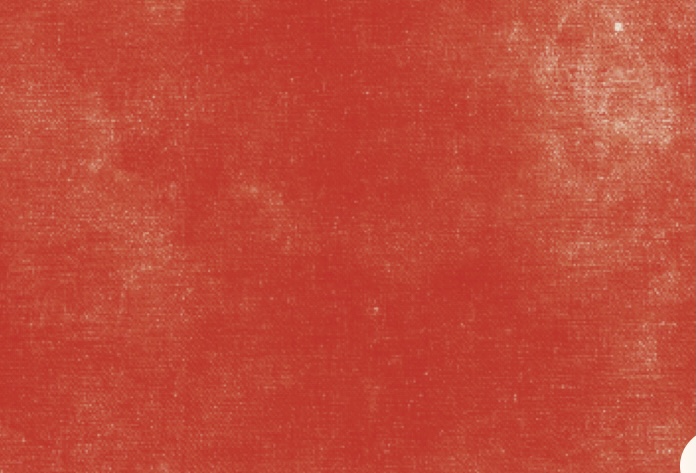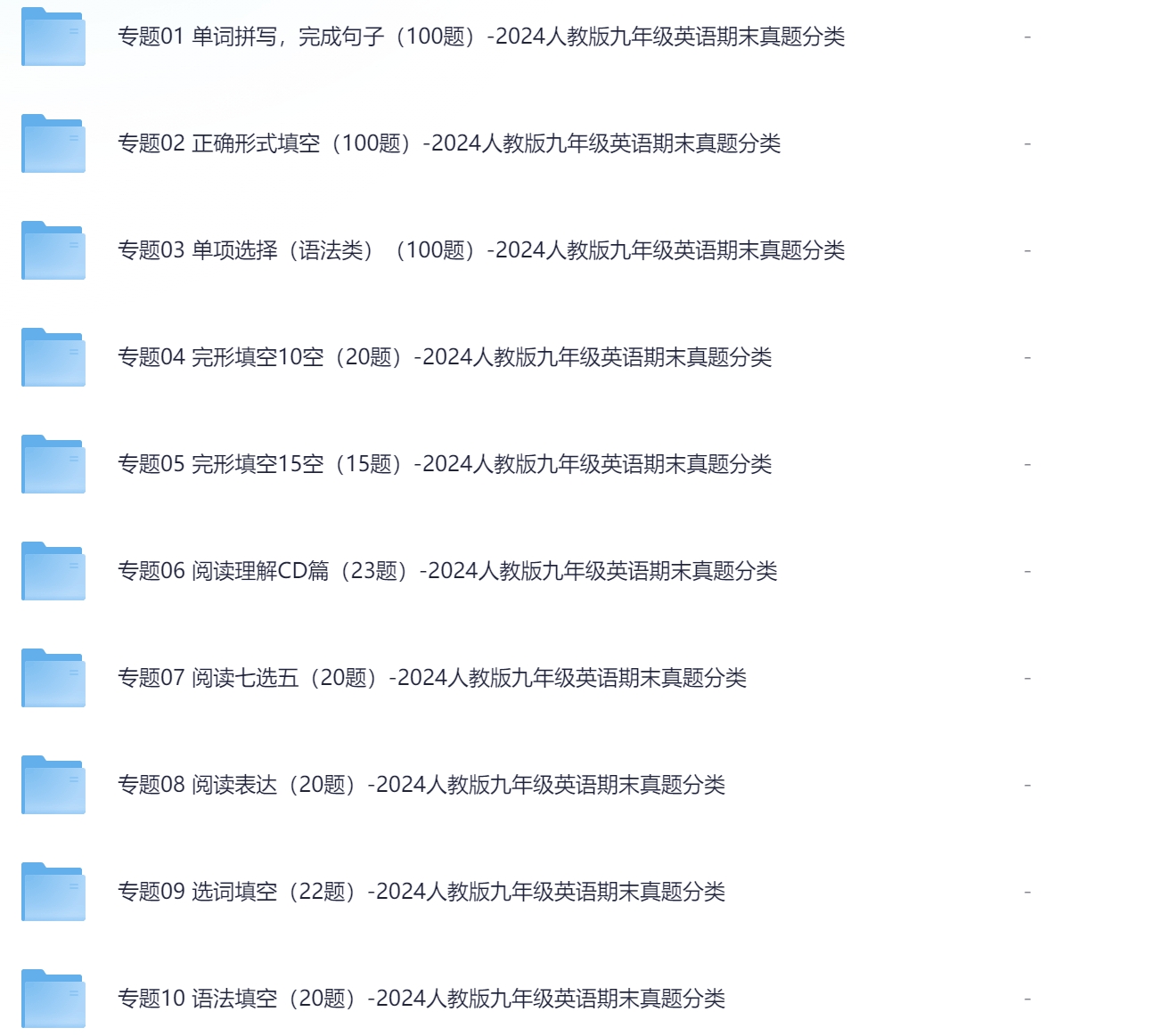
一.(23-24九年级上·内蒙古鄂尔多斯·期末)
Hasna Kourda grew up on an island in Tunisia where her grandmother taught her the strong values of looking after old things. “Clothes can be reused continuously,” Kourda says. A large bag made from old clothes by her grandmother is still used by her parents today. Kourda has brought these values into a project that she hopes to change the relationship people have with their clothes—and benefit the environment in the process.
The clothing industry is considered to be responsible for 8%~10% of global carbon emissions (碳排放), according to the UN. As the world races to meet its promises to limit carbon emissions to net zero by the middle of the century, the clothing industry has a huge job to play its part.
Kourda is among those who hope to help do that. Her way is to encourage people to look for new ways of using the clothing they already have rather than buying something new. Her company, Save Your Wardrobe (衣柜) , uses technology to help people go shopping in their own wardrobes. The company uses computer software to build a digital image (形象) of a user’s wardrobe—people can either take pictures of clothes or allow Save Your Wardrobe to check their online shopping history. It then advises how to create new clothes as well as connecting users to repair services and environmentally friendly dry cleaning services.
In October, the company began to work with the German company Zalando, which will use Save Your Wardrobe technology to offer customers aftercare for their clothes. “Our goal” says Kourda, “is to use technology to guide users to reconnect with the clothes of their wardrobe and make the most out of it, finally encouraging them to buy less and better.”
Save Your Wardrobe is just one of a huge number of companies using new technology to make a difference in the clothing industry. From encouraging new ways of buying clothes, to making it possible for clothes to be recycled at the end of their life, the clothing world could look very different by the time we reach 2045.
扫码访问小程序中的本文













暂无评论内容